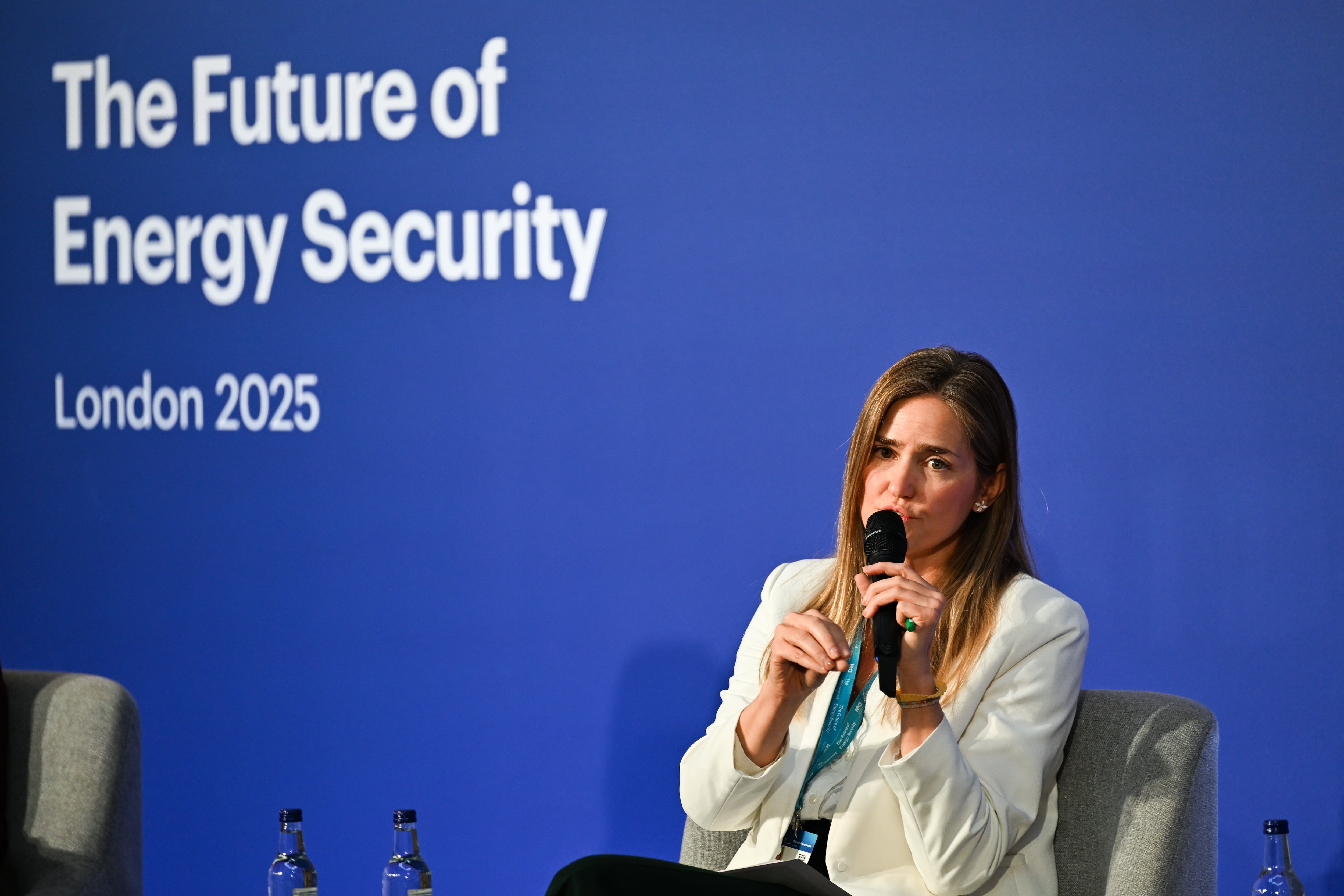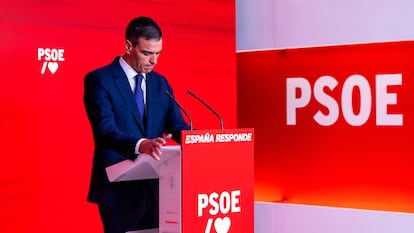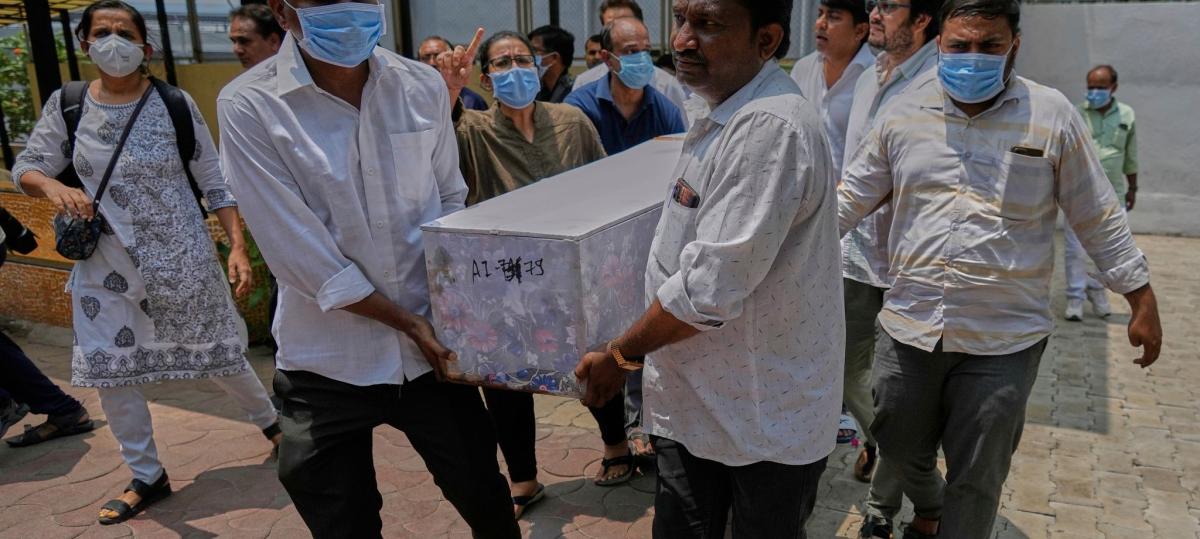An electricity crisis that the Government Emergency Plan classifies as « disastrous » | Spain

The National Security Council declared an unprecedented “electricity crisis”, after the blackout generalized that from 12.32 hours began to affect Spain and Portugal, according to President Pedro Sánchez in an appearance without questions in La Moncloa. According to the EU 2019/41 Directive, an electricity crisis is « a present or imminent situation in which there is a significant scarcity of electricity, determined by the Member States and described in their risk plans. »
The declaration of this type of crisis It forces the affected country to send – as the government effectively made – an « early alert » to the European Commission and to inform this, and the EU member countries of the southwest region on the possible causes of the deterioration of the supply, the measures taken to mitigate it and the possibility of needing help from other European states.
The so -called Preparation plan against electricity crises in Spain, It contains a scale of electricity crisis, which can range from insignificant, the lowest, disastrous, the most acute. The crisis is classified in the minimum threshold when the AES indicator (energy not supplied) is less than 0.002% of Spain’s annual demand in MWh (megawatts hour); and in the maximum, when the Ens is equal to or greater than 0.25%. In turn, the crisis will be less serious if this situation lasts less than three hours and very serious if 168 hours (one week) or more. The affected population or the number of vulnerable households without electricity supply are also taken into account. Although it is still early to classify it, this blackout is the most serious that Spain has ever suffered.
Once the electricity crisis is declared, the Ministry for Ecological Transition and the Demographic Challenge – which directs the third Vice President Sara Aagesen – as a competent authority to manage the crisis, may collect information from energy companies, regional governments or armed forces, among many other entities.
Of the 31 crisis scenarios planned by the EU, the Plan selects 10 for Spain and discards others for considering them less likely. These scenarios are encompassed in nine categories depending on their cause: cyber attacks, physical attacks, extreme meteorological phenomena, natural disasters, fuel shortages, human factor, market errors, technical failures and others.
Finally, the 10 that the Plan considers most likely for Spain are, in this order: pandemic; extreme storm; cyber attack against control systems; cyber attack against critical teams used in control, protection and telecommunications activities; physical attack on critical infrastructure; physical attack on control center; local technical failure (fire or explosion in a critical asset); sabotage by internal personnel; forest fire; and volcanic eruption (the latter was included after the eruption of the old summit on the island of La Palma in 2021).
None of these scenarios explains for its only the sudden loss of 15 gigawatts of power, equivalent 60% of the Spanish demand for electricity at that time, which caused a sharp cut of the supply in the Iberian Peninsula, as the president explained last night in a second appearance
The cause of the great blackout is not yet known, but those that are considered to be most likely would be a technical problem or a cyber attack. The first is only contemplated by the Spanish plan in case of fire or explosion in a critical active of the system, in which case it recommends, as a palliative measure to minimize damage, « the application of real -time technical restrictions to manage frequency deviations outside the established limits. » If the cause of the mass failure was a cyber attack, of which no indications have been found so far, it is recommended, once the crisis has been triggered, the adoption of a series of measures, which are “from the review of access privileges to the transfer of the active operation of the system to the secondary or redundant control or operation centers, which will have an independent work team”.
Within the Ministry for Ecological Transition, which is exercised as a crisis coordinator, the responsible authority is the General Directorate of Energy Policy and Mines, which will be in contact with the European Commission, the authorities of the Member States and the Manager of the Electricity; although the plan provides for the participation of other ministries such as Health, Interior and Defense.
If the crisis management makes it necessary, emergency services and public safety can be mobilized, to attend to the « rescue and rescue of the victims »; health services, to ensure their reception in health establishments; Social services, to provide assistance to those affected; Security services, which may cordon off the affected area, maintain order in it, evacuate people or manage traffic; and technical services, to achieve « the immediate rehabilitation of essential public services. »
The Plan explains that, there will usually be a previous alert before an electricity crisis occurs, but acknowledges that « a situation can develop in which there is no time between threat/risk and the appearance of the first negative impacts (and electricity cuts). » In cases such as the one that happened on Monday, the Ministry of Ecological Transition will communicate to the European Commission, to the competent authorities of the EU Member States of the same region and neighboring countries, such as Morocco and Andorra, “through all available communication channels until they provide confirmation of the message” of the message; Something that must have occurred yesterday. All system operators, requires the plan, real -time information will be exchanged to try to overcome the crisis.
The plan also foresees adoption by Red Electric (REDEIA) of emergency plans and service replacement, which contemplate “the automatic shot of certain generation facilities after a predefined contingency”, so that the power is reduced to maintain the safety of the system. It also contemplates the use of replacement reserves or the modification of international interconnection programs. Finally, it contemplates « service replacement plans » to « return the electrical system to its normal state of operation after serious incidents that have caused supply cuts », as has been the case. The law also grants the Government the ability to use strategic reserves of natural gas to meet an emergency situation.
Once the crisis has been passed, the Ministry of Ecological Transition must perform one analysis of it that will include at least the causes that triggered it, the measures taken to alleviate it, the impact of supply cut and the proposals for improvement so that it is not repeated.






